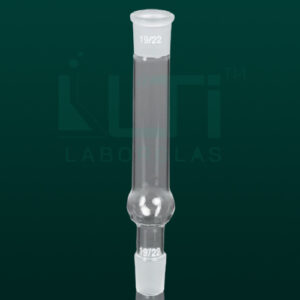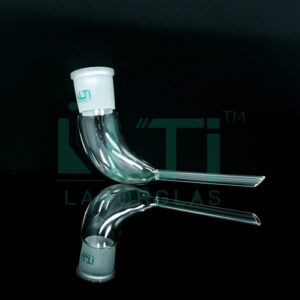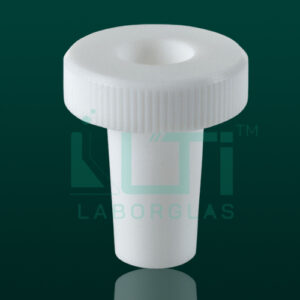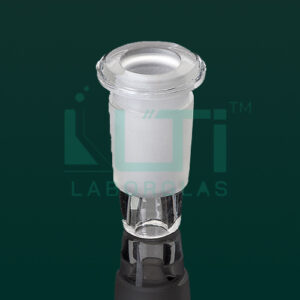- Made from Polycarbonate making it extra strong and autoclavable
- Can accommodate Cryo Vials of up to 4.5 ml. capacity and are designed to be used at temperatures ranging from -190°C to +121°C
- The transparent cover of the box gives a good view of the contents inside and is numbered for better inventory control
| PART No. | Type | Pack Qty. |
| 7940-50 | 50 Places for 1 ml. or 1.8 ml. Cryo Vials | 4 |
| 7940-81 | 81 Places for 1 ml. or 1.8 ml. Cryo Vials | 4 |
| 7940-81-A | 81 Places for 4.5 ml. Cryo Vials | 4 |
| 7940-100 | 100 Places for 1 ml. or 1.8 ml. Cryo Vials | 4 |
Here are some common uses and features of Cryo Boxes (PC):
- Cryogenic Storage: Cryo boxes are designed to safely store cryogenic vials or tubes at temperatures as low as liquid nitrogen (-196°C/-321°F) or deep freezers (-80°C/-112°F).
- Material Durability: Polycarbonate is a robust and durable material that can withstand the extreme temperatures associated with cryogenic storage without becoming brittle. This ensures the longevity and structural integrity of the cryo box.
- Sample Organization: Cryo boxes typically have a grid or compartmentalized structure to organize and store multiple cryogenic vials or tubes. This helps in efficiently using space and locating specific samples.
- Visibility: The transparency of polycarbonate allows researchers to easily see the contents of the cryo box without opening it. This is important for quick visual identification of samples.
- Secure Closure: Cryo boxes often come with secure closures, such as hinged lids or snap-on lids, to prevent the escape of cold vapors and to secure the samples within the box.
- Autoclavable: Polycarbonate cryo boxes are often autoclavable, allowing for sterilization to maintain aseptic conditions in the laboratory.
- Color Options: Some cryo boxes come in different colors, allowing for color-coded organization and quick visual differentiation of samples based on specific criteria.
- Stackability: Cryo boxes are designed to be stackable, which helps in optimizing storage space in freezers and facilitating efficient use of laboratory space.
- Identification: Many cryo boxes have areas for labeling or coding, allowing researchers to mark and identify the samples stored in each compartment.
- Transportation: Cryo boxes are suitable for the safe transportation of samples between different locations within the laboratory or between laboratories.
- Compatibility with Automation: In some cases, cryo boxes may be designed to work seamlessly with automated systems for sample handling, retrieval, and tracking.






